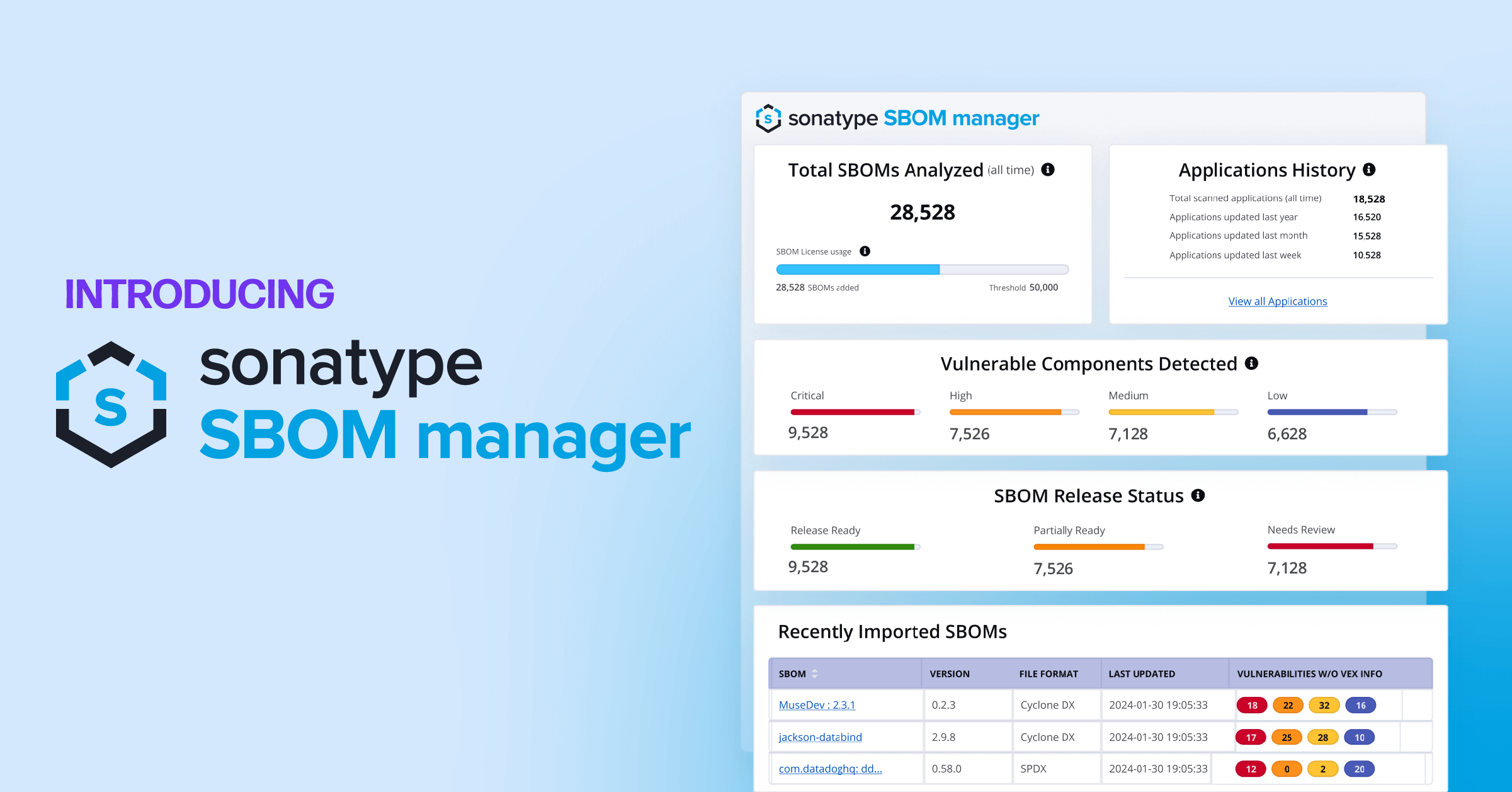Gender is a complex and frequently misunderstood topic. To some, this may not seem like something that you need to think about at work. For others, this deeply impacts their lives, including their experiences in the workplace and how they interact with their colleagues. I am going to break down why everyone should grasp the nuanced and complicated concept that is gender, and how it impacts your interactions with your peers, especially your transgender colleagues.
Before I go into further detail, I would like to preface that I'll talk specifically about the English language and American culture. Gender is a deeply complicated subject matter. Culture and language impact gender in a number of ways, so the scope of this post will be specific to the experience that I can describe as an English speaker living in the United States. I will try to strike a balance between introducing concepts plainly and giving them the nuance that they deserve.
What is gender?Gender, simply put, is the social expectations that we associate with people based on biological sex. The idea that boys should play with toy cars and girls should play with dolls is a manifestation of gender. Describing girls who play outside, are willing to get dirty, or who play in the way that we associate with boys as "tomboys" (or girls who "behave like boys") is a manifestation of gender. Restroom signs that depict women as stick figures that wear skirts or dresses with long hair and men as stick figures that wear pants and have no or short hair is a manifestation of gender.
Gender is inescapable and constantly enforced, both implicitly and explicitly.
Before we go further, it is worth defining some terms to expand our understanding.
Biological sex - Sometimes called anatomical sex or just sex. This refers to the determination made by a medical professional based on someone’s genitals, chromosomes, hormones, or other sex characteristics. You will sometimes see sex is conflated with gender, like on a birth certificate or through gender reveal parties, which refer to biological sex and not gender identity.
Gender identity - Sometimes just called gender. This is someone's internal sense of their identity as it relates to gender. This does not have to correlate with biological sex. Individuals whose gender identity does not align with their biological sex are transgender, and those whose gender identity does align with their sex are cisgender. Individuals who do not identify as a man or woman might identify as non-binary.
Gender presentation or expression - This is how a person presents themselves through clothing, behavior, and other external signifiers of what we as a society associate with masculinity or femininity. Socially acceptable gender expression has changed through history and is impacted by other factors like race and socioeconomic status. Gender presentation/expression can be fluid and does not need to correlate to biological sex or gender identity.
How do these concepts relate to each other?
These three concepts above: sex, gender identity, and gender presentation, are things that a lot of us learned are always aligned. This is not the case, as plenty of individuals both now, and throughout history, have found that their gender identity does not align with their sex. These concepts all exist independent of one another. A great resource that provides a visual representation of these concepts is the Genderbread person.
Another important thing to point out is that we have all been explicitly and implicitly taught that gender presentation equals gender identity. If someone has long hair, a higher-pitched voice, has a name associated with femininity in the English language (Kathy), wears skirts, and is an administrative assistant, most of us have been taught to assume that this person is a woman. This person's gender expression might be associated with femininity, but we do not know this hypothetical person’s gender identity based on this information alone.
Why does knowing someone's gender identity matter?
Knowing someone's gender identity is important because we refer to individuals with gendered language and pronouns when we speak about them.
Let's use the example of Kathy above and say that we work with Kathy. Perhaps, reader, you and I are in a meeting room where Kathy isn't present, and you realize that the meeting room doesn't have any dry-erase markers. You might ask, "Have you seen Kathy this morning? I need to ask her if we have more markers for the board."
Gender is present in the language that we use in many ways, but gender pronouns are a direct way that we refer to others in place of their name. When we speak about others, we should strive to do so accurately and respectfully by asking people how we should refer to them or what pronouns they use. We'll dig into this more in a bit, but let's get back to why any of us should care about any of the above when we are at work.
So why does this matter at work?
You might think that all of the above sounds like someone's personal business and completely irrelevant to the workplace. This is partially true in that someone's biological sex is medical information and, therefore, not something that anyone has a right to ask their coworkers about. If someone at work is transgender, what hormones they may or may not be taking or whether they have or will undergo gender-affirming surgery is also personal medical information and not appropriate to ask about. Unless you are someone’s doctor, you don't need to know and shouldn't ask about any medications that someone takes, what surgeries they’ve had or will have, or what genitals they have (which is what you are asking when you ask someone what their sex is).
At the same time, as described in the above section, we should know how to refer to our colleagues, employees, and customers in a way that aligns with their gender identity. We should understand that while someone may appear or act in a way that we assume indicates that someone is a man or a woman, that does not automatically mean that someone identifies as a man or a woman. It is hurtful to refer to someone in a way that they do not identify, even if this is done unintentionally. In the same way that referring to someone by a name that isn't theirs is disrespectful of that person and their identity, referring to someone by gendered terms that might not match their gender identity is disrespectful.
Americans are increasingly identifying as transgender. According to a Gallup poll from 2021, 1.2% of Millennials and 1.6% of Generation Z identify as transgender. As a society, our understanding of gender and gender identity is expanding, and younger people feel more comfortable expressing a wider range of identities than previous generations. It is increasingly likely that you will work with transgender, non-binary, and other folks who do not have the aligned biological sex, gender identity, and gender expression that so many of us were taught to expect. It is crucial that we all understand these concepts and understand how to interact respectfully with each other as language changes and becomes inclusive of more identities and experiences.
How to improve communication
As we've established: gender identity cannot be seen or assumed by others, language is changing to accommodate an increased range of experiences and gender identities, and more people are identifying as transgender. What can we all do as peers, vendors, and citizens of a diverse world to promote gender-based inclusivity in how we speak with others?
Promote a proactive culture of sharing pronouns
One great way to start embedding inclusive language practices in the workplace is to share gender pronouns openly and regularly. This can be accomplished by adding the pronouns that you use to various communication apps that you use. For example, Zoom allows people to share their gender pronouns in their profile and during calls. Slack has a Pronouns field in the user profile, but you will sometimes see people adding their pronouns to the Last Name field or their Display Name for maximum visibility. The email signature that everyone uses could be updated to include pronouns. Do a little research on the tools that your organization uses, and make sure that any pronoun field settings are enabled so that people can easily share this information.
It's already a good practice to have people introduce themselves and what they do in meetings where new people are present. Promote adding pronouns as a part of the introduction as well. Even if everyone in the meeting is cisgender, and you might initially feel like this is an "unnecessary" addition, we've discussed how you cannot see gender identity. Normalizing the proactive sharing of pronouns can encourage people to bring their full selves to work if gender identity isn’t merely assumed but stated at your workplace.
When people are misgendered, correct the misgendering
I've stated a few times that so many of us were raised with an understanding of gender that is aligned with biological sex and is rigid. It is truly difficult to unlearn the years and years of assumptions and associations that we’ve been taught to make around gender.
Most people will inevitably make a mistake and accidentally use the wrong pronouns to refer to someone, also referred to as misgendering. When this happens, it is important to correct the mistake and actively take steps to do better. There are several ways to apologize, but if you've misgendered someone, the best course of action is to correct yourself and move on in the moment. Apologizing in front of others can bring unwanted attention to the person who was misgendered, so consider apologizing in private.
If you do apologize, make sure that you do not center yourself or your feelings in the apology. It isn't about you or how hard you might be trying to get it right. It's about how you made someone else feel. If you catch someone else misgendering someone, similarly correcting the mistake and moving on without lingering too long on the error itself is a good way to address that someone's identity was not respected while not creating a separate conversation or an uncomfortable situation.
If someone repeatedly or intentionally refers to someone using incorrect language or pronouns, that is harassment and should be raised and treated as such within an organization. No matter anyone's individual feelings about someone else's identity, when someone expresses their identity and how states they should be referred to, that must be respected and people need to show genuine effort in respectfully interacting with and referring to others.
Continual misgendering, even if it is not intended, can have the same impact as someone who intentionally refuses to use someone’s pronouns. This impacts the misgendered person's feelings and can have a larger impact on people not feeling respected or safe at work, creating tension amongst coworkers, and potentially jeopardizing business relationships. Just like you probably wouldn't enjoy working with someone who repeatedly calls you by the wrong name, I don't enjoy working with those who repeatedly refer to me by the wrong pronouns.
Correcting and, if needed, intervening in a more serious manner, if consistent and/or deliberate, misgendering is an integral part of creating an inclusive, respectful culture for those who work for and those who work with an organization.
A great resource to learn more about pronouns and how to talk about them, respect them, and create a larger understanding around them is MyPronouns.org.
Let's summarize
I've thrown a lot at you, reader. You may have been aware of some of the terms used here. You may have been aware of absolutely none of them, or perhaps even all of them. What I want you to leave this article with is ultimately the below points:
- Someone's biological sex is what we as a culture have built entire social systems around, but someone's biological sex is not their gender identity, and we have to stop treating it as though it is.
- Gender identity is complicated. It is something though, that you cannot see. Someone has to tell you, or you have to ask, how they should be referred to and what their identity is.
- Spreading understanding of these concepts is important in all facets of life, but it's also important at work. You don't want to participate in an environment at work where people don't feel like they can share their identity, or feel like their identity won’t be respected. You also don’t want anyone who works with your organization, whether it's a customer, a vendor, or anyone else, to feel like their gender identity isn't respected or safe to express.
I truly appreciate the time that you've spent reading this piece and hope that it encourages you to keep inclusivity in mind as you go back to your day, your organization, and your life.




